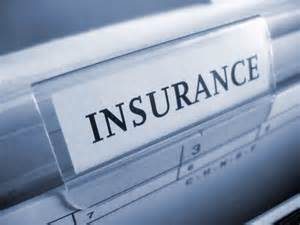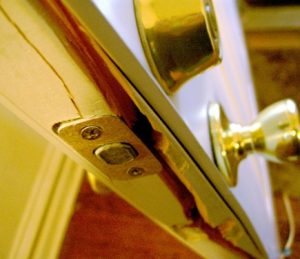 Your renters insurance policy protects you from liability and replaces your possessions if they’re damaged, lost or stolen. Now that you’re prepared with a policy, learn how to file a claim.
Your renters insurance policy protects you from liability and replaces your possessions if they’re damaged, lost or stolen. Now that you’re prepared with a policy, learn how to file a claim.1. File a police report if necessary and contact your insurance agent.
As soon as you notice that something’s stolen, call the policy and file a report. You’ll then want to call your agent and share the police report file number and details of the incident. If someone’s hurt, follow the same procedure but also call medical emergency personnel.
2. Document all the losses and damages.
Your insurance company will need details on what was lost, damaged or stolen, so write a list. Include each item separately, and include as much information as possible, including:
*Physical description with dimensions, color and any identifying marks*Serial number or ID number*Purchase date, price or estimated cost and receipt or invoice
3. Obtain repair or replacement cost estimates.
This step is important whether you have an Actual Cash Value or a Replacement Value policy.
4. Make and keep an appointment with the claims adjustor.
By now, your insurance company should have assigned a claims adjustor to your case. This person will investigate the claim, authorize emergency housing vouchers, negotiate settlements, prepare any legal documents and ultimately approve or deny the claim. Be available to provide details about the incident, and feel free to ask any questions about coverage or how long the process will take.
5. Prepare for claim settlement.
On settlement day, you sign off on the claim and get a check for damages. Before you sign anything, though, review the final claim documents for accuracy. Make sure everything’s on the claim that was damaged, and verify accurate descriptions and values. If you’re confused, ask a knowledgeable friend or attorney for help. If everything’s in order, sign the papers and get your check.
Renters insurance gives you peace of mind, and now you know how to file a claim if necessary. If you don’t have coverage, talk to an insurance agent today and make sure you’re protected.


 Summer’s over, and now’s an affordable time of year to buy a new boat. You can grab your dream watercraft at a deep discount from boat dealers who need to unload inventory before winter hits and from private sellers who plan to upgrade in the spring. Before you buy your boat, though, use several tips to make sure you can purchase proper watercraft insurance coverage.
Summer’s over, and now’s an affordable time of year to buy a new boat. You can grab your dream watercraft at a deep discount from boat dealers who need to unload inventory before winter hits and from private sellers who plan to upgrade in the spring. Before you buy your boat, though, use several tips to make sure you can purchase proper watercraft insurance coverage.






